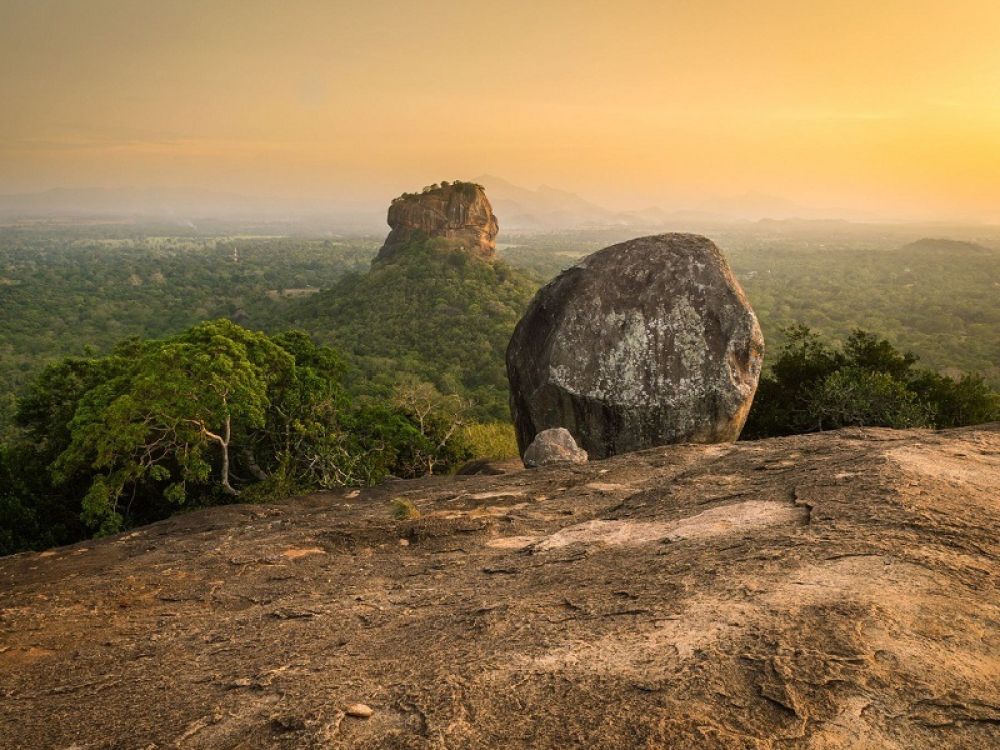

The ideal period to plan your ascent to Pidurangala Rock is during the dry season in Sri Lanka, typically spanning from January to April. During these months, the weather is more predictable with minimal rainfall, providing clear skies and better visibility for panoramic views from the summit. Early mornings are particularly recommended for visiting Pidurangala Rock; aiming to reach the top by sunrise offers a breathtaking vista as the sun emerges behind the nearby Sigiriya, or Lion Rock. Moreover, the cooler temperatures in the morning provide a more comfortable climb before the tropical heat intensifies later in the day. Visitors should also consider the Poya Days (full moon days), which can draw bigger crowds due to local worshippers visiting the temple at the base of the rock.
In addition to the dry season, the months of August and September can also be a suitable time for tourists wanting to avoid heavy tourist traffic. While these months may have higher chances of rain, the landscape is lush and the rock less crowded. Climbing Pidurangala Rock can be somewhat challenging due to its steep and uneven steps, hence traveling during dry weather is advantageous. Regardless of the season, it's essential to wear appropriate footwear, carry ample water, and have protection against the sun, such as sunscreen and hats. For the most tranquil and pleasant experience, avoid afternoons when the heat and humidity are at their peak, and the sun's intensity can make the climb strenuous.
| Month | Min Temp | Max Temp |
|---|---|---|
| January | 17 °c | 29 °c |
| February | 18 °c | 30 °c |
| March | 20 °c | 33 °c |
| April | 21 °c | 33 °c |
| May | 21 °c | 32 °c |
| June | 21 °c | 32 °c |
| July | 21 °c | 31 °c |
| August | 21 °c | 31 °c |
| September | 20 °c | 31 °c |
| October | 20 °c | 30 °c |
| November | 19 °c | 29 °c |
| December | 18 °c | 28 °c |